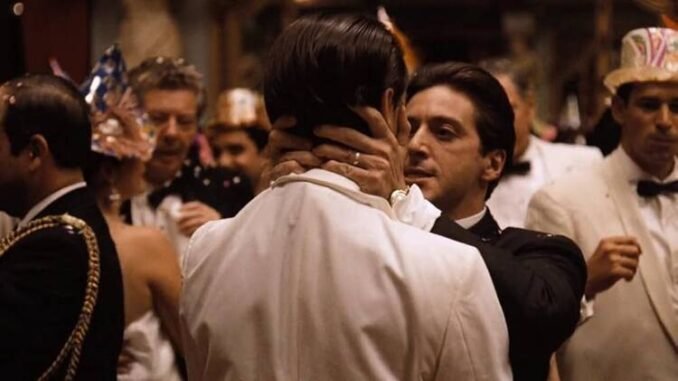
Exploring the Dark Side of the American Dream in ‘The Godfather Part II’
When “The Godfather Part II” premiered in 1974, it quickly established itself not only as a cinematic masterpiece but also as a profound commentary on the darker facets of the American dream. Directed by Francis Ford Coppola and based on Mario Puzo’s novel, this film continues the saga of the Corleone family, delving deeper into themes of power, corruption, and the moral cost of ambition.
“The Godfather Part II” serves as both a sequel and a prequel to its predecessor, intertwining two parallel narratives: the rise of a young Vito Corleone, played by Robert De Niro, and the descent of his son Michael, portrayed by Al Pacino, into moral and emotional desolation. This dual structure not only enriches the storyline but also emphasizes the cyclical nature of power and corruption within the Corleone family and, by extension, American society.
The film begins in the late 1950s, with Michael Corleone firmly in control of the family empire. However, his quest to legitimize the family business and expand their influence comes at a tremendous cost. As Michael grows more powerful, he becomes increasingly isolated and paranoid, alienating those closest to him. His ruthless tactics and unrelenting pursuit of power lead to tragic consequences, highlighting the inherent contradictions in the American dream. Michael’s transformation from a war hero with a moral compass into a cold, calculating crime lord underscores the corrupting influence of power and the loss of personal integrity in the face of ambition.
Parallel to Michael’s story is the rise of Vito Corleone from a young immigrant in New York City to a powerful Mafia don. Vito’s journey reflects the classic immigrant experience, marked by hard work, determination, and the pursuit of a better life. However, Vito’s ascent is also marked by violence and crime, suggesting that the path to success in America is fraught with moral compromises. Vito’s story serves as a commentary on the American dream, illustrating how the pursuit of success can often lead to ethical corruption and moral ambiguity.
The film’s rich cinematography and powerful performances further enhance its exploration of these themes. Al Pacino’s portrayal of Michael is particularly noteworthy, capturing the character’s internal conflict and gradual descent into darkness. Robert De Niro’s portrayal of young Vito is equally compelling, providing a stark contrast to Michael’s story and highlighting the generational differences in their approaches to power and success.
“The Godfather Part II” also delves into the broader sociopolitical context of the time, including the corrupting influence of capitalism and the American political system. The film’s depiction of the Senate hearings on organized crime and Michael’s interactions with corrupt politicians and businessmen underscore the pervasive nature of corruption and the interconnectedness of crime and legitimate business.
Ultimately, “The Godfather Part II” is a powerful exploration of the dark side of the American dream. Through the stories of Vito and Michael Corleone, the film illustrates how the pursuit of power and success can lead to moral decay and personal destruction. It challenges the idealized notion of the American dream, revealing the complexities and contradictions inherent in the pursuit of success. As such, it remains a timeless and relevant commentary on the darker aspects of American society and the human condition.
Leave a Reply